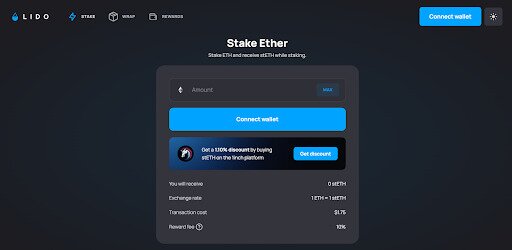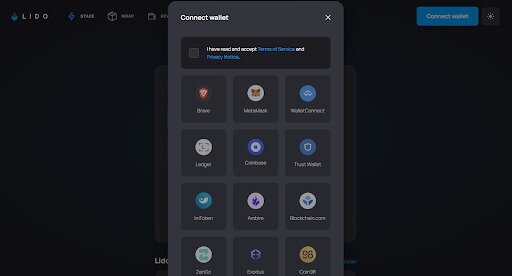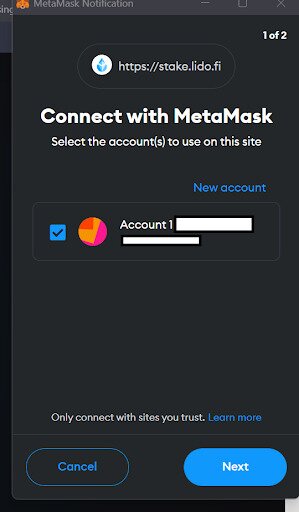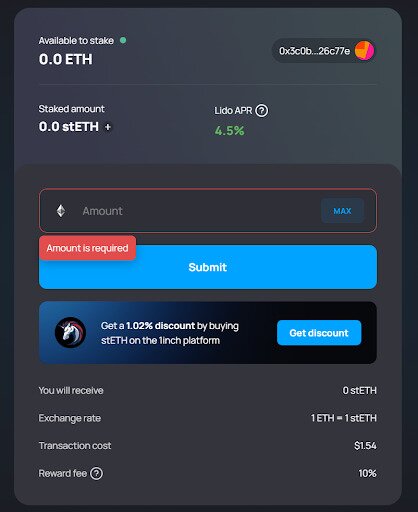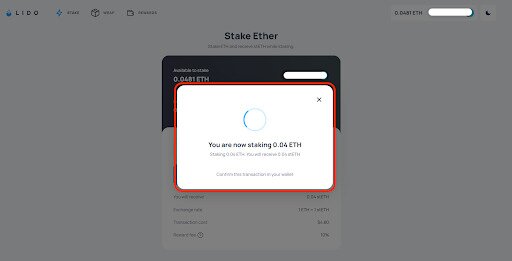Why is There No More Ethereum Mining?
Crypto mining, whether for Bitcoin (BTC) currently, or Ethereum mining previously, has enormous electricity and power consumption requirements in order to have maximum mining profits. Professional miners and amateurs alike have to have mining operations with lots of mining power, meaning multiple mining rigs running Ethereum mining software for maximum computing power. The mining rewards for Bitcoin and Ethereum are paid to whichever miner is capable of solving complex mathematical problems first.
However, crypto mining Ethereum and Bitcoin was shown to have negative effects on the environment. In response, the Ethereum network began a transition from a proof of work system where you mine Ethereum, to a proof of stake system where you instead have to stake Ethereum. This was first implemented in December 2020, when the Beacon Chain launched. The switch to a proof of stake system was completed in fall 2022, fully transitioning the Ethereum blockchain from a mining process network to a staking one.
Staking Ethereum Instead of Mining Ethereum
There are a two key differences when it comes to staking Ethereum rather than participating in Ethereum mining. The first difference is that there is no longer any need for mining rigs, an Ethereum mining pool, mining software, cloud mining services, and any other prerequisite for mining cryptocurrency. This also means there’s no need for application specific integrated circuit (ASIC) or graphics processing unit hardware costs and related power consumption.
This leads us to our second key difference, the minimum Ethereum you need to stake it as an individual, which is 32 ETH. In order to start mining (staking) Ethereum as an individual, you’ll need to have at least 32 ETH in order to become a validator and start processing transactions. If you don’t have 32 ETH, then the only way you can stake ETH is by joining a staking pool, which is similar to a mining pool. As with a mining pool, a staking pool is a place where individuals who don’t have enough ETH to stake alone can join together and earn rewards as a group. There are many platforms that offer this sort of service such as Lido Finance, which will be the platform we use for this guide.
How to Stake Ethereum - Step by Step Guide
Below you’ll find the exact steps required for you to start staking Ethereum and earn staking rewards. The guide will be for using the Lido Finance platform and a MetaMask Ethereum wallet, but the process is somewhat the same if you were to use a similar service through other platforms like Coinbase, Kraken, or Binance and another wallet.
Step 1: Go to Lido Finance or similar platform
The first step to staking Ethereum is to go to the Lido Finance website and their staking page: https://stake.lido.fi/
Step 2: Connect Your Wallet
Next, click “Connect Wallet” either in the middle of the page or in the upper right corner. You’ll then be shown a list of compatible wallets. Tick the box to accept the terms and conditions, then click the wallet you wish to connect.
Lido lets you connect Brave, MetaMask, WalletConnect, Ledger, Coinbase, Trust Wallet, imToken, Ambire, Blockchain.com, Zengo, Exodus, Coin98, MathWallet, Tally, Gamestop, and XDEFI wallets.
Step 3: Confirm the Connection with Your Wallet
After clicking the Ethereum wallet you wish to connect, your wallet will pop-up asking you to confirm the connection to Lido. Click “Next”, then “Approve”. Your wallet will now be connected to Lido.
Step 4: Enter the Amount of ETH You Want to Stake
Now that you’ve connected your wallet, you can enter the amount of ETH you want to stake into the box on the page. Then click “Submit”.
Step 5: Confirm the Staking Transaction in Your Wallet
You’ll then get another pop-up on the page saying to approve the transaction with your wallet. Your wallet will then pop-up for you to confirm your transaction. Click “Confirm” to approve the staking transaction.
Once you’ve confirmed the transaction, you’re staking Ethereum!
Staking Ethereum FAQs
The APY for staking Ethereum is around 4%.
Yes, you can stake Ethereum without a staking pool. However, you need at least 32 ETH to do so.
The Ethereum network stopped using the mining process officially in September 2022, meaning you could no longer mine on the Ethereum network and instead have to stake.
Yes, you can use the mining equipment that you were using to mine Ethereum to instead join Bitcoin mining pools and earn mining rewards that way instead.
There is no real difference between a mining pool and staking pool. Both are places where individuals can join together to earn rewards. One is for proof of work assets (like Bitcoin miners), and one is for proof of stake assets like Ethereum.
Yes, you can use your mining rig to do solo mining of assets like Bitcoin, or join cloud mining services for Bitcoin as well.
